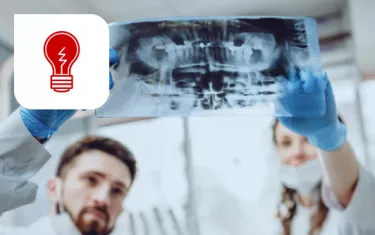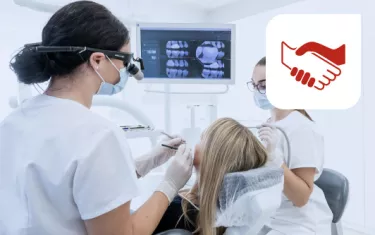
Pioneering the past.
Leading the future.
We support and enable you to treat patients in the best possible way with our decades of experience combined with a drive for innovation. This leads to a concentration on 3 key pillars:
Proven solutions, predictable outcomes
Legacy of excellence
Over 50 years of successful patient care; 20M+ smiles
Science-backed innovation
4.5K+ scientific publications define our excellence
Transforming the standard of care
Pioneer in immediate function, full-arch protocols and esthetics


Partner to grow your business
360° solution provider
Comprehensive offering across diagnostics, planning, placement, and prosthetics
Unparalleled support
Personalized support from 1.1K experts
Best-in-class training
Empowering 15K doctors through over 650 events per year
Participate in a vibrant community
Clinical expertise
Connecting over 70 global, >200 local key experts, and 500+ All- on-4 Centers of Excellence
Connect globally, learn locally
Sponsoring extensive learning and mentoring opportunities
Extending your reach
Linking you to a broad network of advisors, peers, and referrals
